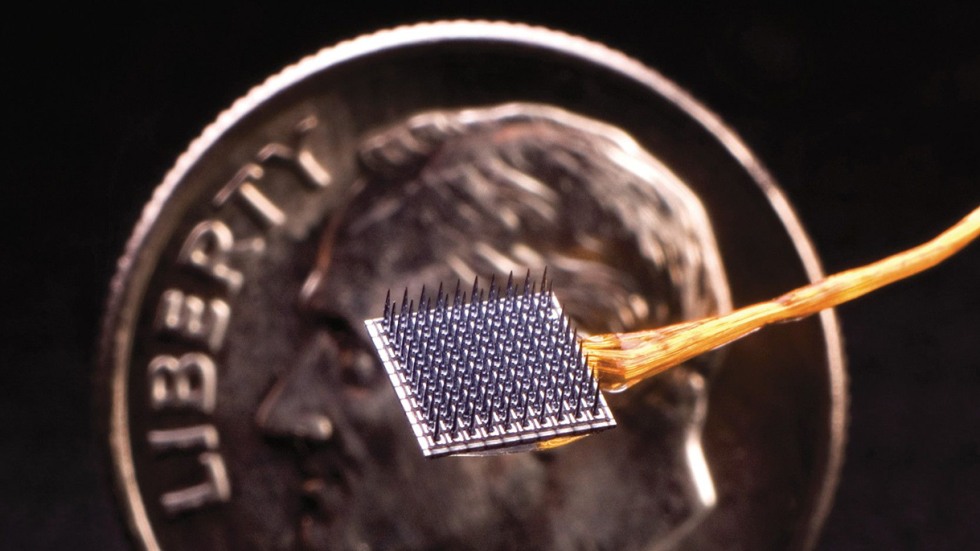PROVIDENCE, R.I. [Brown University] — Driven by the immense societal need for more effective and equitable health care, the new Institute for Biology, Engineering and Medicine at Brown University is serving as an incubator for collaborative research and innovation that can be translated into health and medical solutions.
In part, the institute’s establishment was inspired by COVID-19, its leaders say — in particular, the ways in which the pandemic illuminated both individual and population-level vulnerabilities to illness that could be best addressed through the powerful combination of experimentation, computation and clinical research.
With key approvals from the Brown’s faculty and governing board secured in 2022-23 — and a year of strategic planning, development and organization now complete — I-BEAM is positioned for its wider launch in the 2023-24 academic year. The institute’s mission is to bring together faculty and students from the life sciences and engineering with clinical partners to conduct research, create and test ideas, and translate cutting-edge science into diagnostics, therapies, devices and treatments for patients.
Complex modern health challenges span areas of expertise, said Brown University Provost Frank Doyle.
“In my own biosystems control research, I have seen the power of combining machine learning and A.I. models with experimental data from sophisticated sensors of biological and physiological functions,” said Doyle, a professor of engineering and elected member of the National Academy of Medicine, National Academy of Inventors and the National Academy of Engineering. “This institute takes great advantage of Brown's existing strengths and puts us at the forefront of not just engineering research, but biology and medicine as well.”
I-BEAM will bring together researchers from Brown’s Division of Biology and Medicine, School of Engineering, Department of Chemistry, Division of Applied Mathematics, Department of Computer Science and Carney Institute for Brain Science, among other academic units. The mission of I-BEAM extends to questions focused on health equity and social impact that will also engage colleagues from the School of Public Health and Brown’s humanities and social sciences departments.
Vicki Colvin, a Brown professor of chemistry and engineering, serves as the founding director of I-BEAM, reporting to an executive committee that includes Brown’s provost, dean of medicine and biomedical sciences, and dean of engineering, reflecting broad campus engagement and impact.
While I-BEAM programs and activities are being fine-tuned with input from core faculty and internal advisors, Colvin said that signature one-day workshops will be designed to convene faculty and students from different fields of study with industry and government partners to engage around challenges in health and medicine, sometimes with the goal of submitting proposals for research funding. Seed funding is another way I-BEAM will work to build research teams and augment existing expertise around key projects, she noted.




